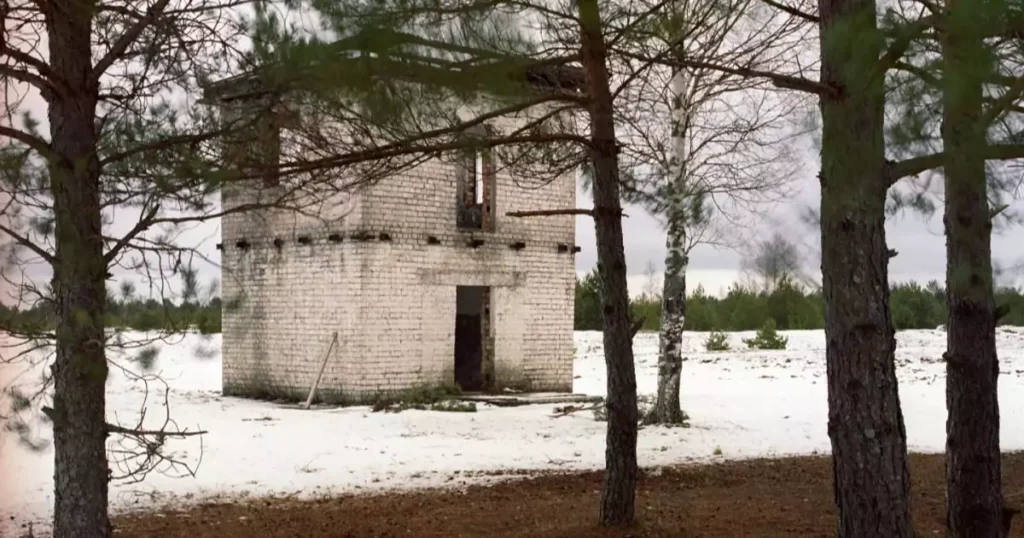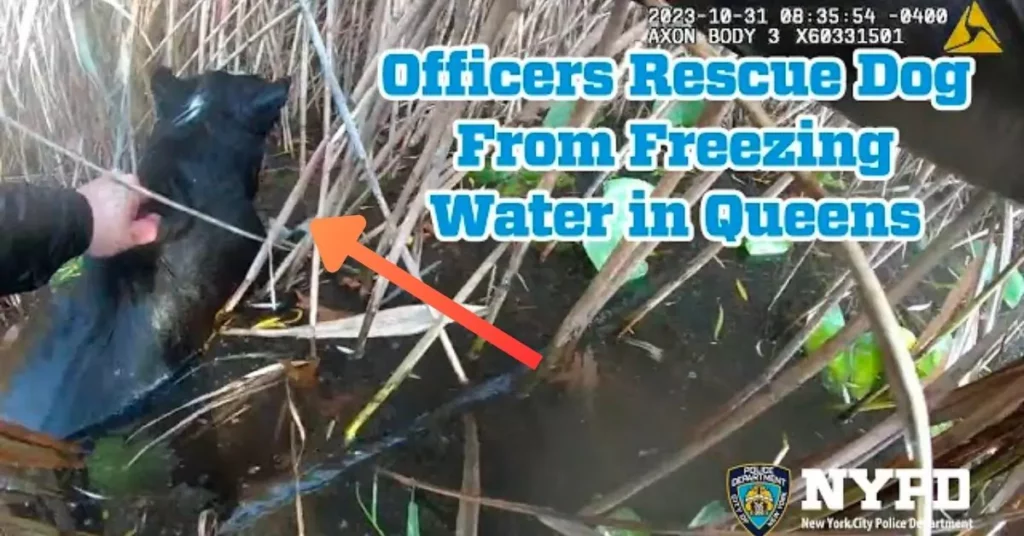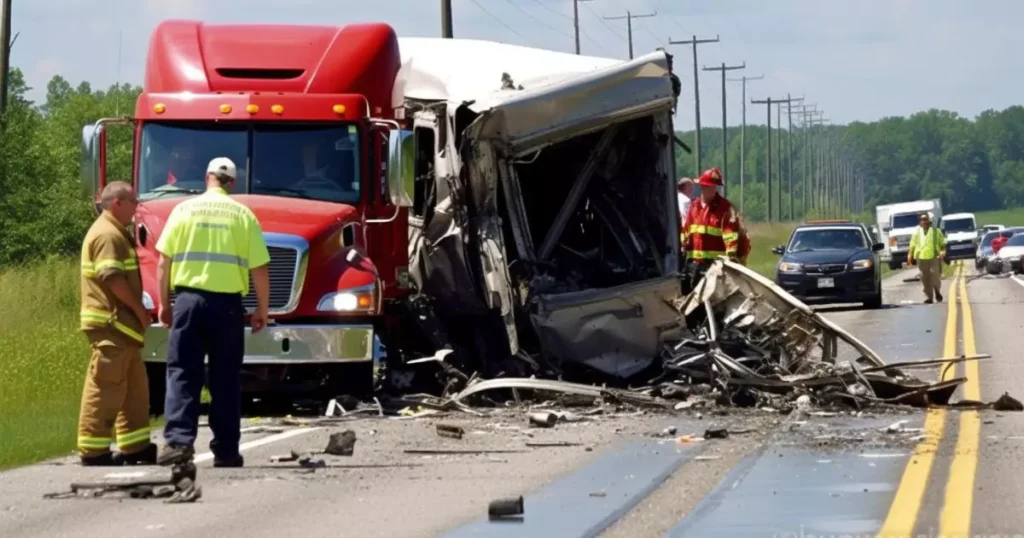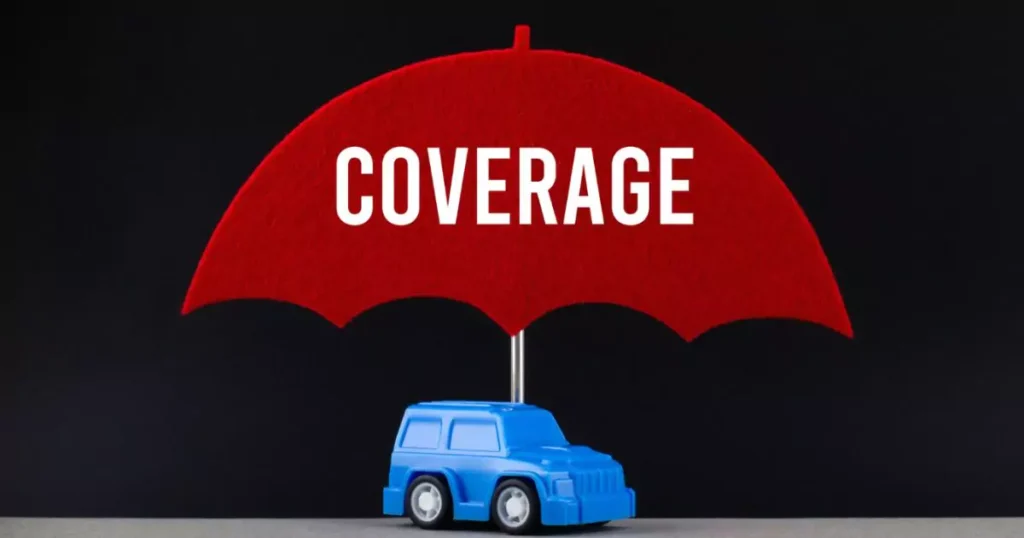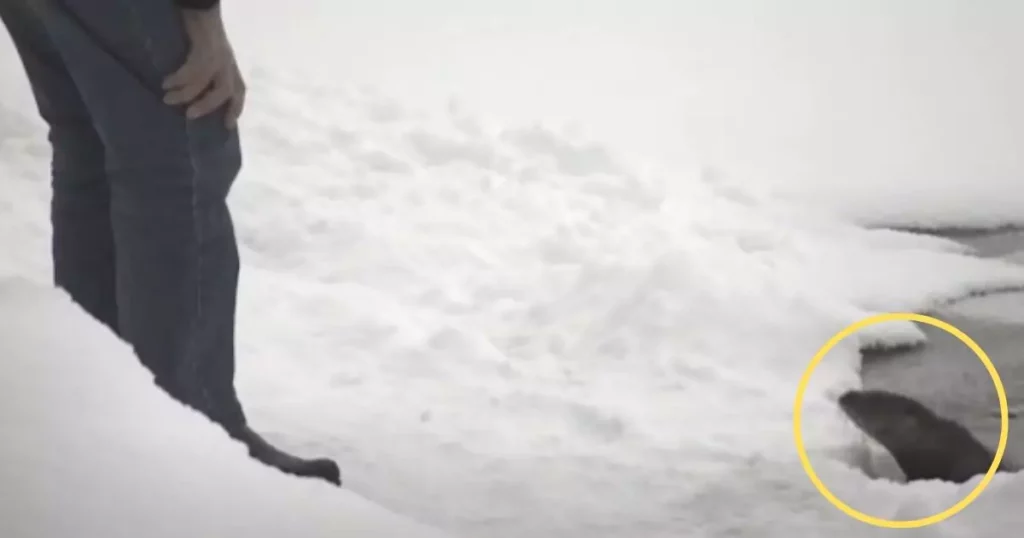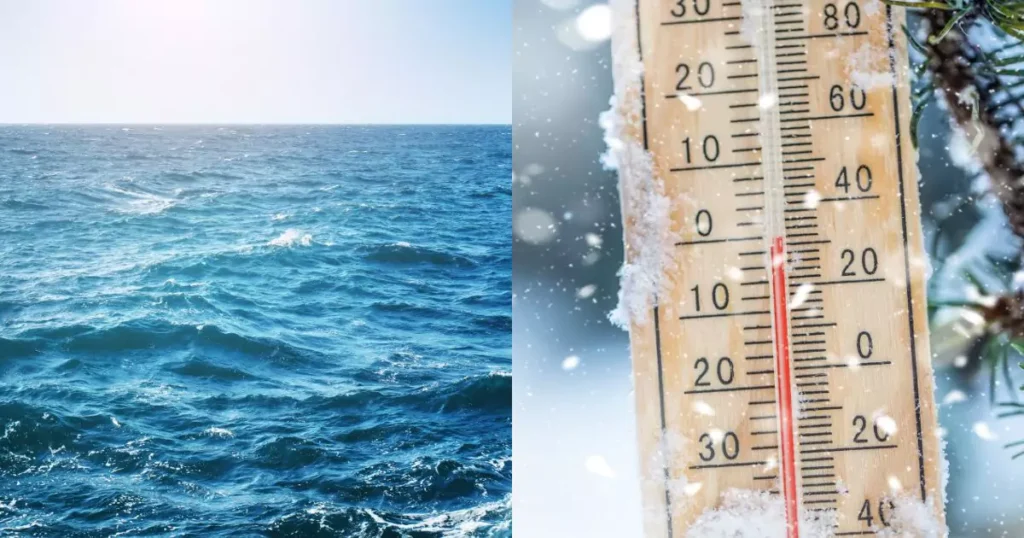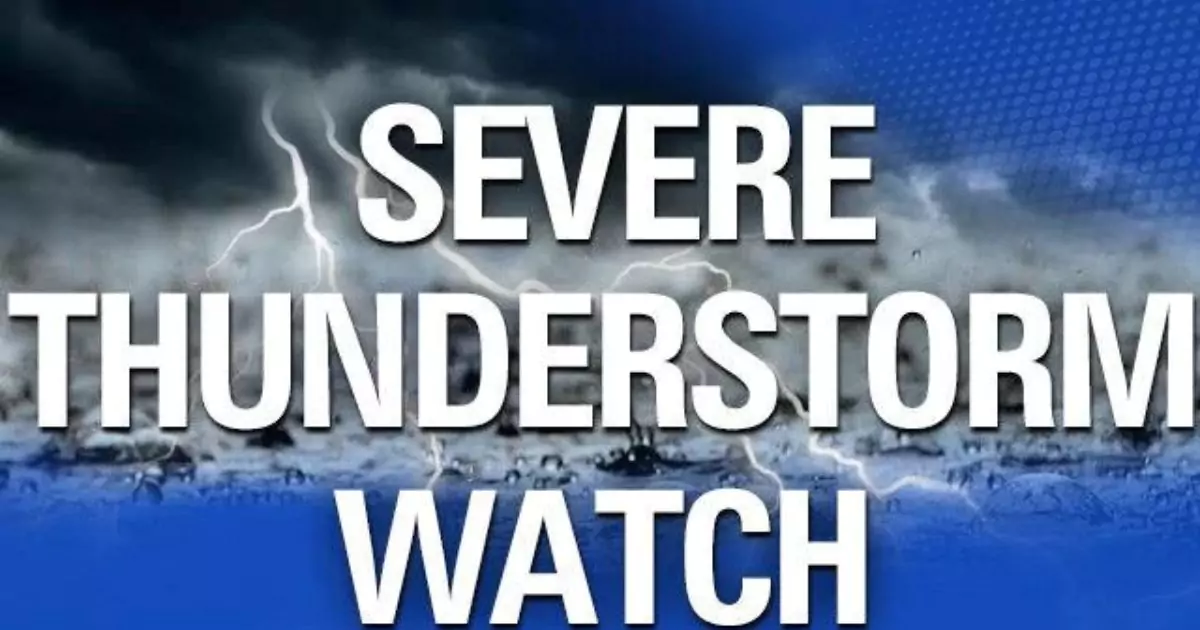
Severe thunderstorms are powerful weather phenomena that can cause significant damage to property, disrupt daily life, and pose serious risks to health and safety. Understanding the various types of severe weather alerts, including severe thunderstorm watches and warnings, is crucial for preparedness and safety. This article delves into the details of these alerts, the role of key organizations like the NOAA Storm Prediction Center, and the importance of severe weather preparation. It also covers the impact of severe weather on health, life, and home insurance.
What is a Severe Thunderstorm Watch?
A Severe Thunderstorm Watch is issued by the National Weather Service (NWS) when conditions are favorable for the development of severe thunderstorms. These watches are typically issued several hours in advance to give people time to prepare. A severe thunderstorm is defined as a storm that produces hail at least one inch in diameter, winds of 58 mph or stronger, or a tornado.
The NOAA Storm Prediction Center (SPC) is responsible for issuing severe thunderstorm watches across the United States. The SPC monitors weather patterns and uses advanced meteorological tools, such as weather radar, to predict areas at risk for severe weather. When a severe thunderstorm watch is issued, it means that the ingredients for severe weather are present, and there is a significant likelihood that severe thunderstorms will occur.
Severe Thunderstorm Warning
A Severe Thunderstorm Warning is more urgent than a watch. It is issued when a severe thunderstorm has been detected by radar or reported by weather spotters. This warning indicates that severe weather is imminent or already occurring. People in the warning area should take immediate action to protect themselves and their property.
Warnings are typically issued for smaller areas than watches and have a shorter duration. The NWS advises seeking shelter immediately upon receiving a severe thunderstorm warning. Common recommendations include staying indoors, avoiding windows, and being aware of the potential for sudden and dangerous weather conditions.
Tornado Watch vs. Tornado Warning
While severe thunderstorm watches and warnings focus on severe thunderstorms, there are also specific alerts for tornadoes. A Tornado Watch is issued when conditions are favorable for the development of tornadoes within severe thunderstorms. Like severe thunderstorm watches, tornado watches are issued by the SPC and cover large areas where tornadoes could form.
In contrast, a Tornado Warning is issued when a tornado has been sighted or indicated by weather radar. Tornado warnings are urgent and require immediate action. People in the warning area should seek shelter in a sturdy building, preferably in a basement or an interior room on the lowest floor.
The Role of Weather Radar
Weather radar is a critical tool in predicting and monitoring severe weather. Radar systems detect precipitation, its intensity, and movement, providing meteorologists with real-time data to track storms. Doppler radar, in particular, can detect the rotation in thunderstorms that may indicate a developing tornado.
The use of weather radar by the SPC and local NWS offices allows for accurate and timely issuance of watches and warnings. This technology is essential for identifying severe weather threats and communicating them to the public.
Common Hazards Associated with Severe Thunderstorms
Severe thunderstorms can produce a variety of hazardous weather conditions, including:
Hail Storms
Hail storms are characterized by the presence of hailstones, which are chunks of ice that form within strong thunderstorms. Hailstones can vary in size, from small pellets to large stones several inches in diameter. Large hail can cause significant damage to vehicles, buildings, and crops.
Damaging Winds
Damaging winds associated with severe thunderstorms can reach speeds of over 100 mph. These winds can uproot trees, down power lines, and cause structural damage to buildings. Straight-line winds, which are non-rotating winds produced by the downdraft of a thunderstorm, are a common cause of wind damage.
Lightning Storms
Lightning storms are a natural part of thunderstorms. Lightning strikes can cause fires, power outages, and serious injuries or fatalities. It is important to stay indoors and avoid using electrical appliances during a lightning storm.
Flash Flooding
Flash flooding is a rapid and intense flooding that occurs within hours of heavy rainfall. Thunderstorms can produce heavy rain in a short period, overwhelming drainage systems and causing water levels to rise quickly. Flash floods can be deadly and cause extensive damage to homes and infrastructure.
Preparing for Severe Weather
Severe weather preparation is essential to minimize the impact of severe thunderstorms. Here are some key steps to take:
- Stay Informed: Keep up-to-date with weather forecasts and alerts. Use weather apps, NOAA Weather Radio, and local news to receive real-time information about severe weather.
- Create an Emergency Plan: Develop a family emergency plan that includes a designated safe area in your home, such as a basement or interior room. Ensure all family members know the plan and practice it regularly.
- Build an Emergency Kit: Assemble an emergency kit with essential items, including water, non-perishable food, a flashlight, batteries, a first aid kit, and necessary medications.
- Secure Your Property: Take steps to protect your home from severe weather. Trim trees and secure loose items in your yard that could become projectiles in high winds. Consider installing storm shutters or impact-resistant windows.
- Know How to Respond: Familiarize yourself with the actions to take during severe weather. Seek shelter immediately when a warning is issued, avoid using electrical appliances during lightning storms, and never drive through flooded roads.
Health, Life, and Home Insurance
Severe weather events, such as thunderstorms, hail storms, and tornadoes, can cause significant damage to property and pose risks to personal safety. Having appropriate insurance coverage is crucial to mitigate the financial impact of severe weather.
Health Insurance
Health insurance can provide coverage for injuries sustained during severe weather events. It is important to know what your policy covers, including emergency medical care and hospital visits. Ensure that your health insurance is up-to-date and that you understand the claims process in case of injury.
Life Insurance
Life insurance offers financial protection to your family in the event of your death. Severe weather events can be unpredictable and sometimes fatal. Having life insurance ensures that your loved ones are financially supported if the worst happens.
Home Insurance
Home insurance is essential for protecting your property from severe weather damage. Standard home insurance policies typically cover damage from wind, hail, and lightning. However, it is important to review your policy and understand the coverage limits and exclusions. Consider adding additional coverage for specific risks, such as flood insurance, if you live in an area prone to flash flooding.
Family Insurance
Family insurance is an essential consideration for comprehensive protection during severe weather events. Family insurance plans can include various types of coverage, such as health, life, and property insurance, which work together to ensure that all family members and their belongings are protected from potential threats posed by severe thunderstorms and other adverse weather conditions.
Current Severe Thunderstorm Watches
Currently, there are multiple severe thunderstorm watches issued across various regions in the United States due to expected strong storms. For instance, severe thunderstorm watch #400 was issued early on June 9, 2024, and is expected to expire by 10:00 UTC the same day. This watch affects numerous areas, signaling potential severe weather conditions, including strong wind gusts and large hail (Storm Prediction Center).
Additionally, parts of Minnesota, including the Twin Cities area, are under a severe thunderstorm watch until 8:00 PM on a recent Tuesday. This watch was prompted by a line of storms capable of producing damaging winds over 60 mph and hail larger than 1 inch in diameter. The most severe conditions were expected to pass through the greater Twin Cities area between 5 PM and 8 PM (MPR News).
In other regions like central and south Alabama, a severe thunderstorm watch remains effective until 10 PM, with potential for scattered strong wind gusts up to 85 mph and significant hail (Rich Thomas). These conditions underscore the need for residents in the affected areas to remain vigilant and prepared for sudden weather changes.
Severe thunderstorms are dangerous weather events that require vigilance and preparedness. Understanding the difference between a severe thunderstorm watch and warning, knowing the role of weather radar, and being aware of the hazards associated with severe thunderstorms can help you stay safe. Always stay informed, have a plan in place, and ensure you have the appropriate insurance coverage to protect yourself, your family, and your property from the impacts of severe weather.

















